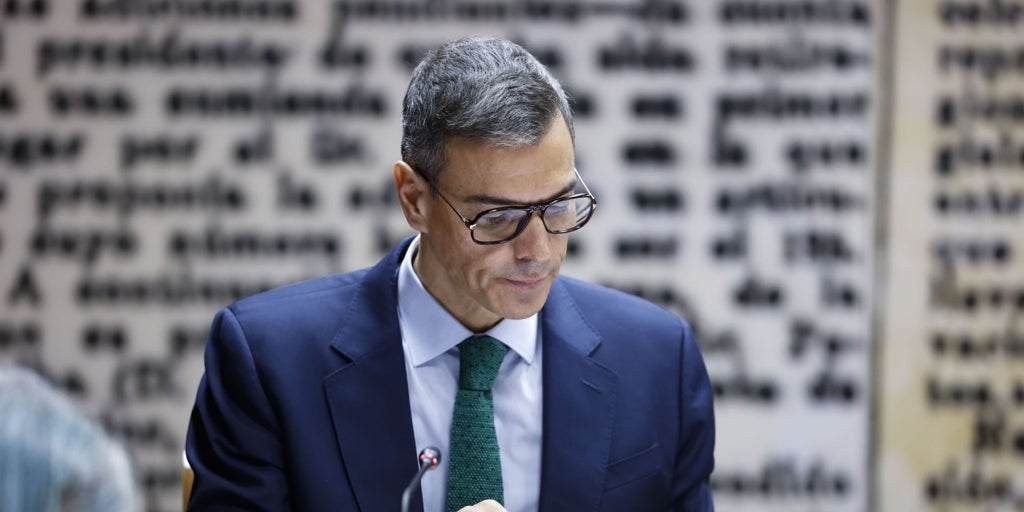The world is falling short on resources for adaptation to the climate crisis: the gap exceeds $300 billion
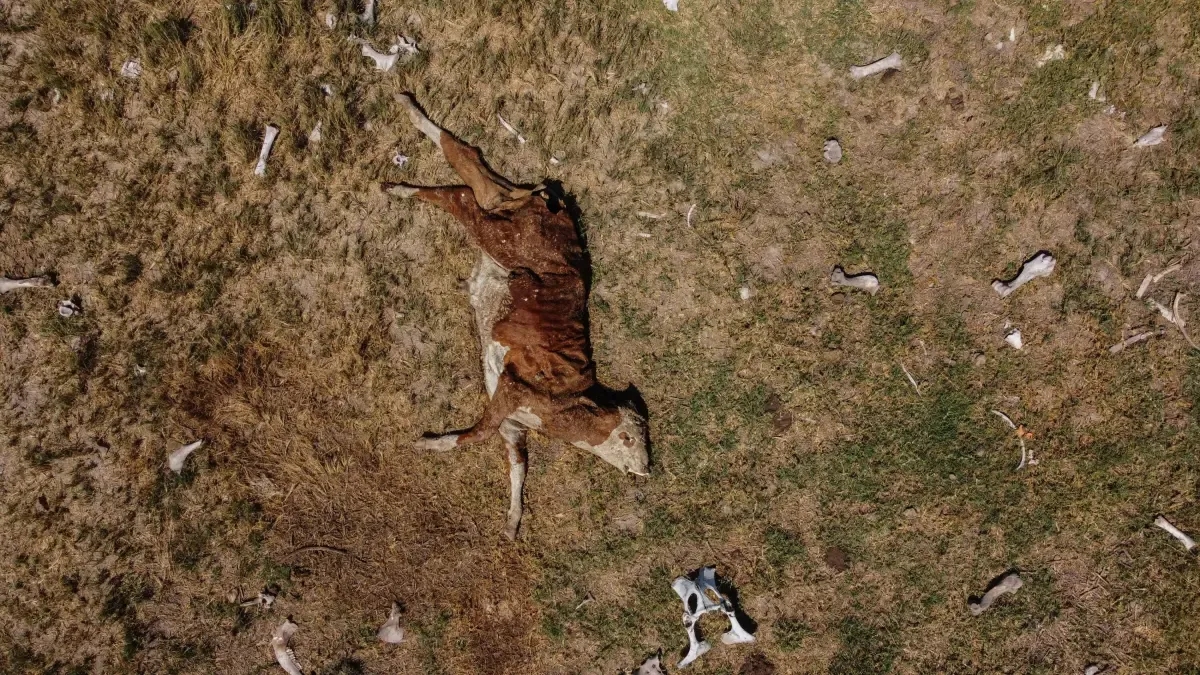
At a time when the planet is facing record temperatures and increasingly destructive weather events, the United Nations Environment Programme (UNEP) warns that the world is far from meeting its commitments to finance climate change adaptation. According to the 'Adaptation Gap Report 2025: Running on empty', presented ahead of COP30 in Belém, Brazil, the lack of resources threatens to leave millions of people unprotected from the impacts of global warming.
The report reveals that, although countries have improved in planning and implementing adaptation measures, the pace of international financing is not keeping pace with the urgency of the moment. The needs of developing countries will exceed $310 billion annually by 2035, a figure twelve times greater than current international public financing flows, which stand at around $26 billion.
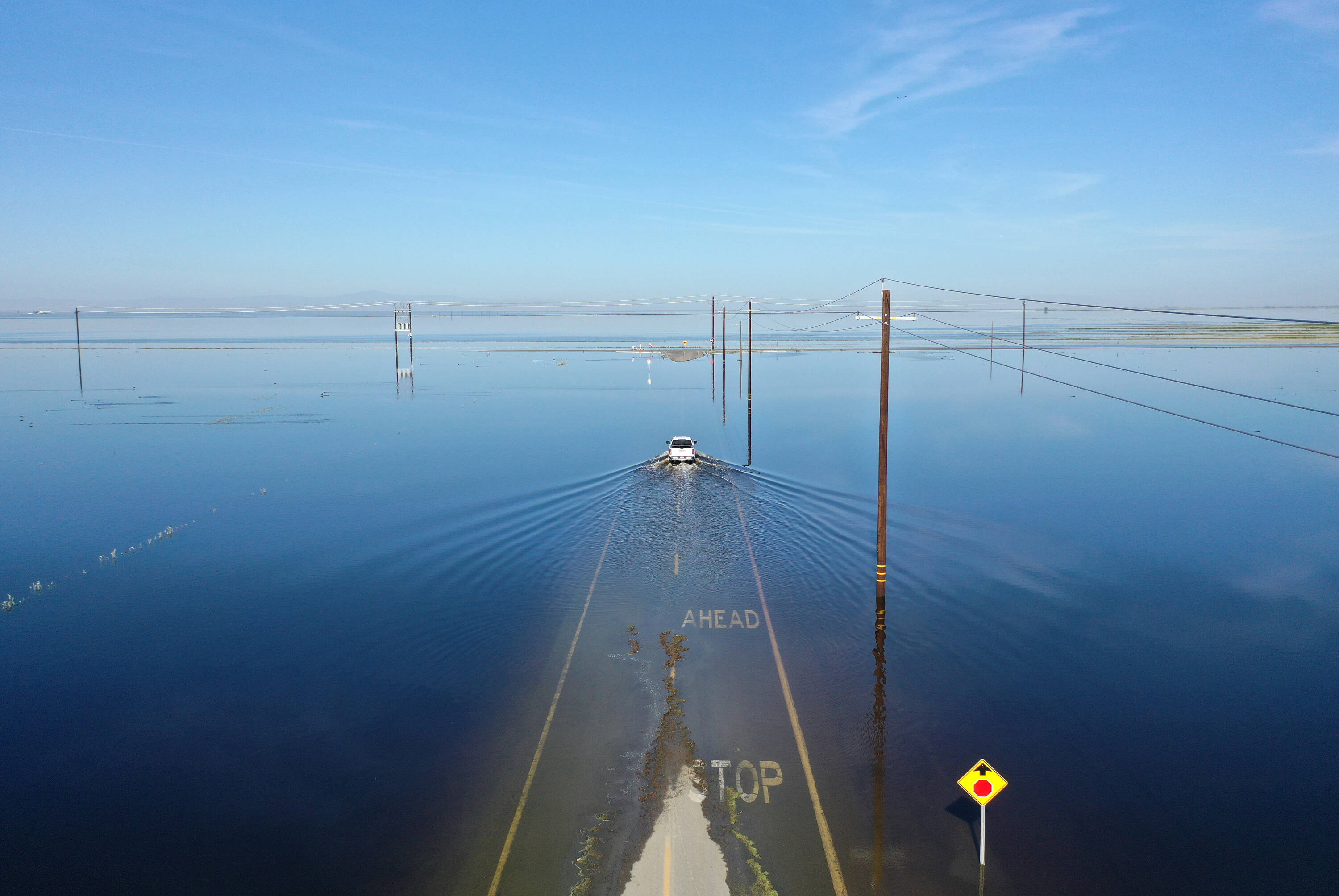
Adaptation funding is slow to advance while climate disasters intensify. Photo: Getty Images
“Climate impacts are accelerating, but adaptation financing is not keeping pace, leaving the most vulnerable exposed to rising sea levels, deadly storms, and scorching heat,” warned UN Secretary-General António Guterres in a message accompanying the report. “Adaptation is not a cost; it is a lifeline. Closing the adaptation gap is how we protect lives, ensure climate justice, and build a safer and more sustainable world,” he added.
An insufficient effort in the face of the crisis The goal set in the Glasgow Climate Pact, which sought to double international public funding for adaptation to approximately $40 billion by 2025, will not be met if current trends persist, warns UNEP.
The financing gap — the difference between what is needed and what is actually allocated — ranges from $284 billion to $339 billion annually, jeopardizing efforts to reduce the vulnerability of the most exposed countries.
For Inger Andersen, executive director of UNEP, the moment demands an immediate global push. “Every person on this planet is experiencing the impacts of climate change: wildfires, heat waves, desertification, floods, rising costs, and more. If we don’t invest in adaptation now, we will face ever-increasing costs year after year,” she stated.
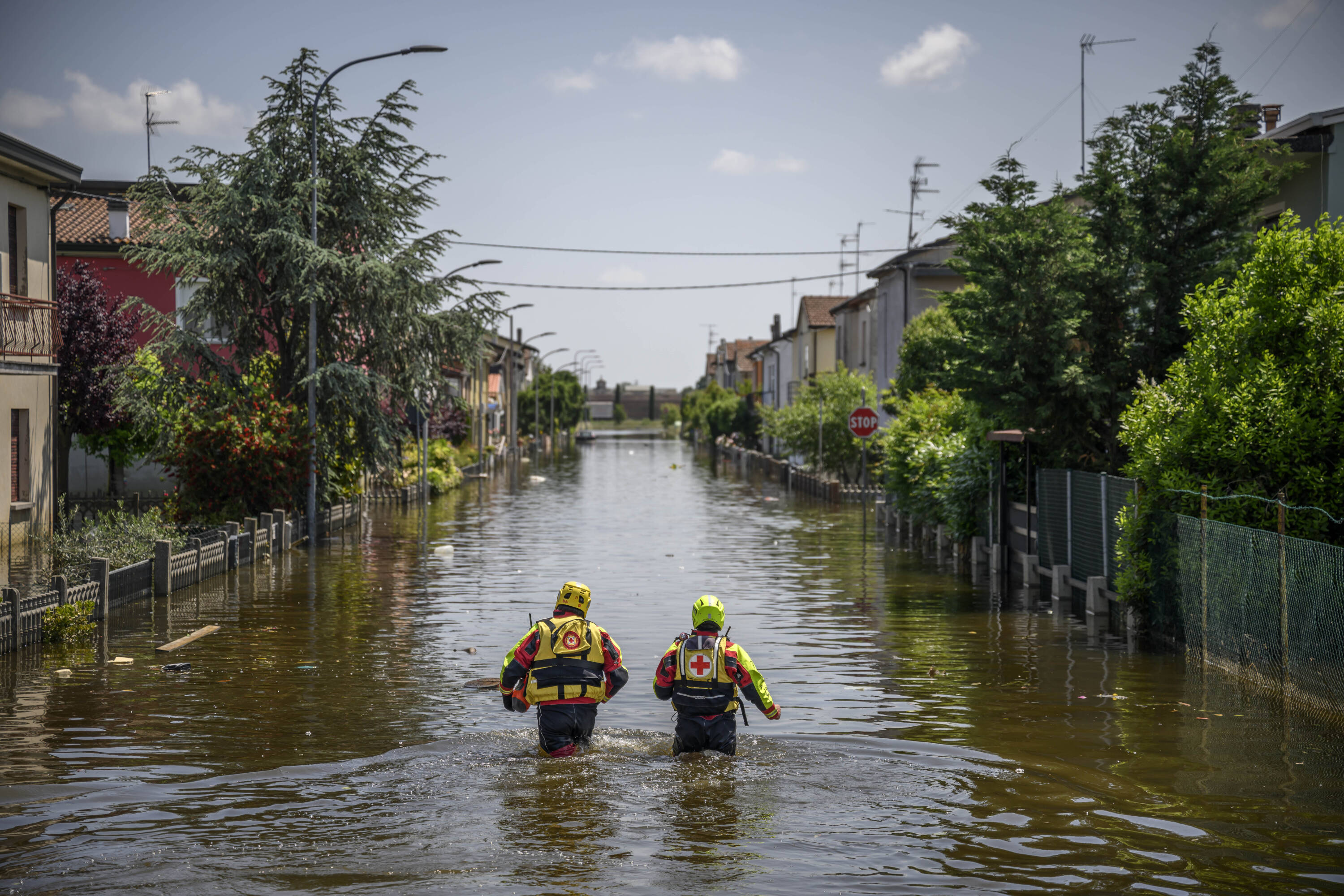
At least 172 countries already have national adaptation plans. Photo: Getty Images
The report highlights that 172 countries already have at least one national adaptation policy or plan, although 36 of them have not updated their strategies in over a decade. This lack of updating, the document warns, can lead to inadequate adaptation and increased risks.
Countries have also reported implementing more than 1,600 adaptation actions, primarily in sectors such as biodiversity, agriculture, water, and infrastructure. However, few report the actual results and impacts, making it difficult to measure the effectiveness of the actions taken.
Regarding available resources, support for new projects through international funds—such as the Adaptation Fund, the Global Environment Facility, and the Green Climate Fund—increased to $920 million in 2024, 86% higher than the previous five-year average. However, the report warns that this increase may only be temporary, due to growing global financial constraints.
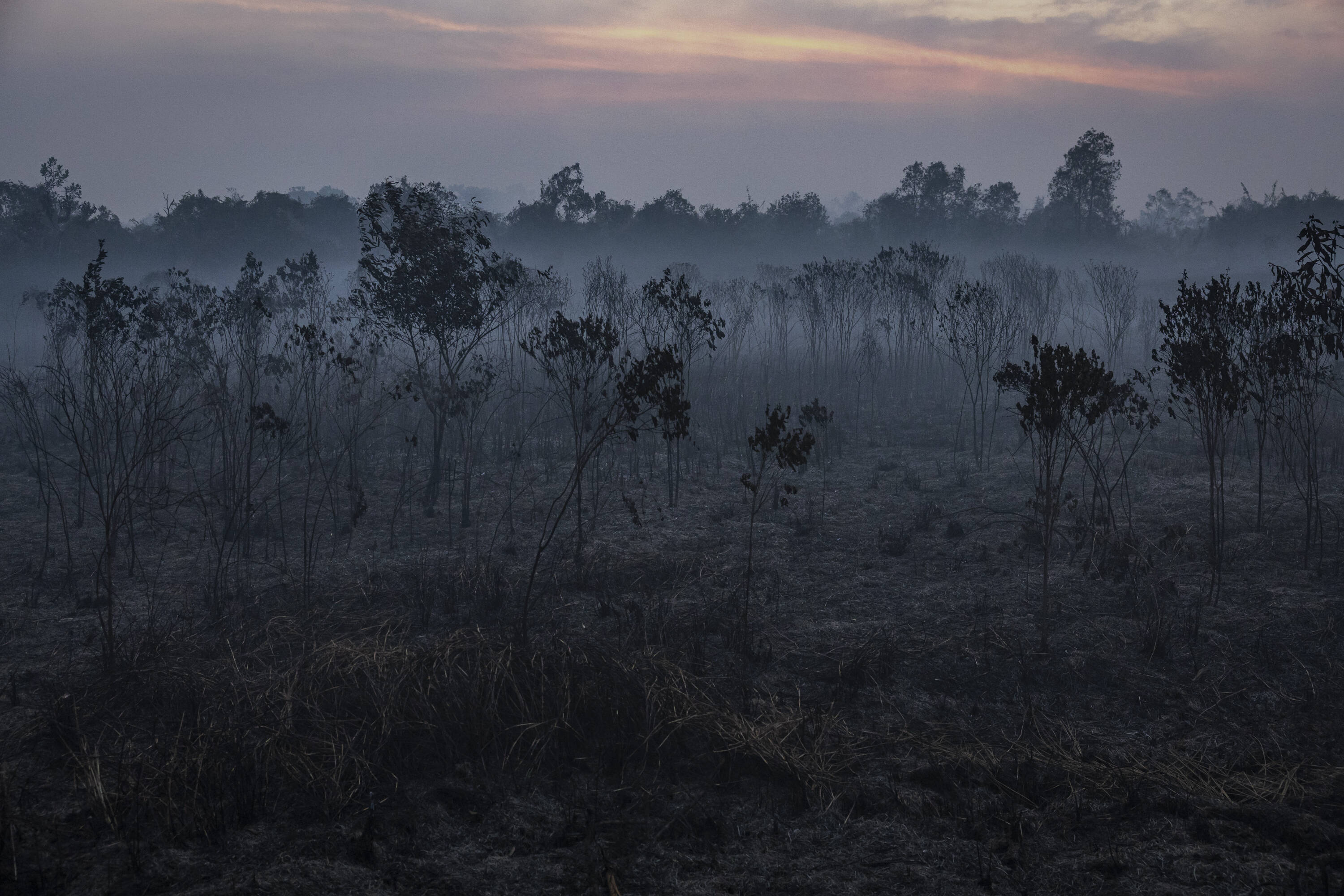
Developing countries are receiving more than 12 times the current flows of financing. Photo: Getty Images
The New Collective Quantified Target on Climate Finance, agreed at COP29, states that developed countries must contribute $300 billion a year for climate action —mitigation and adaptation— in developing countries by 2035. However, that figure is insufficient.
According to UNEP models, if cumulative inflation is taken into account until 2035, the actual needs could reach between $440 billion and $520 billion per year. Furthermore, since the target includes both mitigation and adaptation, the latter would receive a smaller share of the total.
Given this scenario, the organization underscores the urgency of advancing the Baku-Belém Roadmap, which aims to mobilize $1.3 trillion by 2035. However, the report warns that it is essential to prevent financing from increasing the debt burden of the most vulnerable nations. Therefore, it proposes prioritizing grants, concessional instruments, and debt-free mechanisms.
The document also draws attention to the low participation of the private sector. While current flows are around $5 billion per year, UNEP believes that the realistic potential could reach $50 billion, provided that appropriate policies and mixed financing schemes are implemented to reduce risks and stimulate investment.
The report's final message is clear: without an immediate and sustained increase in adaptation funding, the world will not only fail to protect the most vulnerable, but will also face mounting human and economic costs. In Guterres' own words, "Not investing in adaptation today is mortgaging the future of the planet."
Environment and Health Journalist
eltiempo

